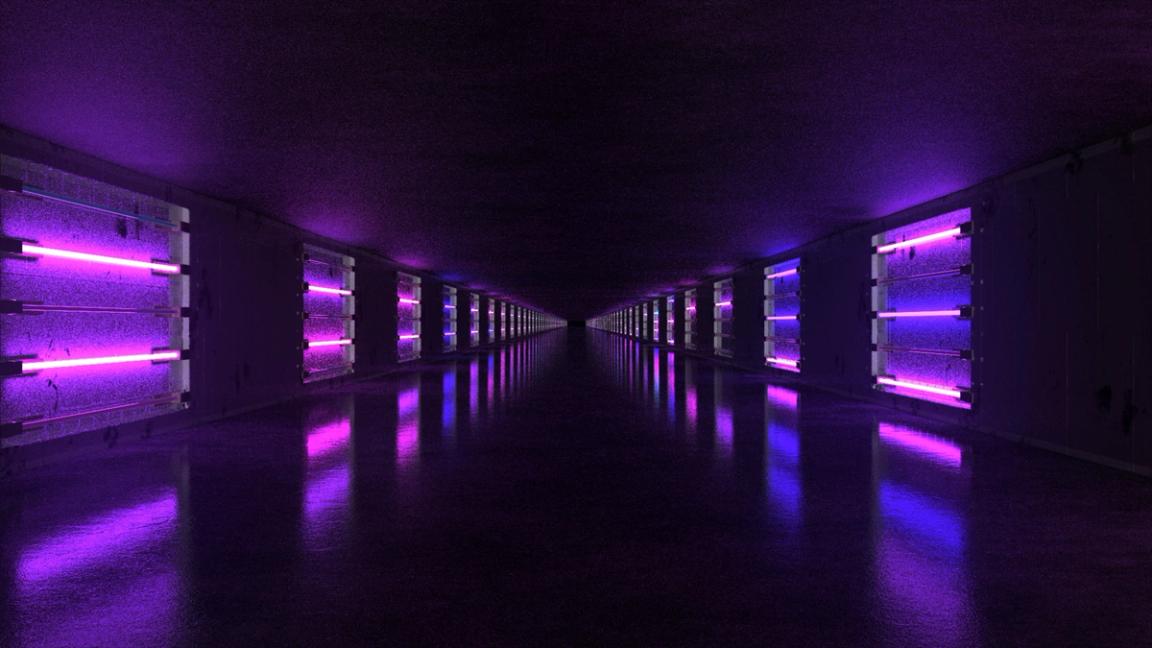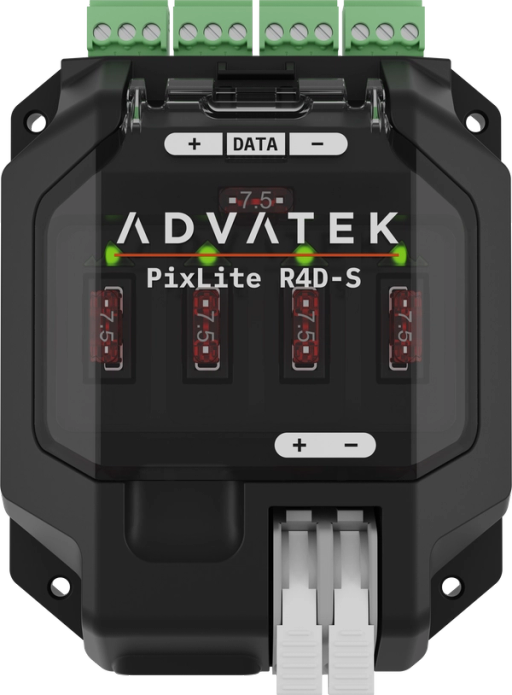
What is Expanded Mode?
Expanded Mode is a highly innovative and technologically advantageous pixel layout scheme for PixLite pixel controllers.
When working with pixel lights, the chip will either utilize an external clocking source, or it will only use a single data line. If there is a clock line, then there must be a wire connected to the pixel output’s clock line as well as a wire connected to the pixel output’s data line. If the pixel type is data-only, then the clock line is not used. See the List of Supported Pixels to determine if your pixels are clocked or if they are data-only.
If your pixels are data-only, then Expanded Mode can be used. It takes advantage of the unused clock lines, and the pixel controller will instead convert these clock lines to data lines.
The pinout for pixel outputs in Expanded Mode can be found in the “Expanded Mode” section of your specific pixel controller’s User Manual.
With Expanded Mode enabled, the PixLite® now has twice the number of pixel outputs than before.
Note: With expanded mode, each pixel output will have a maximum capacity of half the number of pixels it would normally be able to control. For example, PixLite® controllers that can control 1020 RGB pixels per output will now be able to control 510 RGB pixels per output.
Benefits of Expanded Mode
Expanded Mode has two main advantages: Increased flexibility, and the potential for higher refresh rates.
The number of available pixel outputs is doubled with Expanded Mode, increasing flexibility of the pixel system, and allowing more pixels to be connected than without Expanded Mode. For example, a 16-port PixLite® controller could be used to drive 32x Blaze-30 Pixel Strips with Expanded Mode enabled – twice as many than what could be controlled without Expanded Mode.
Note: With Expanded Mode, the two data outputs on each pixel output will share a common positive terminal and negative terminal. This means that the amount of power that is available for each run of pixels is effectively halved when powering the pixel lights exclusively through the pixel controller. If more power is needed, consider Power Injection, or utilizing pixel control systems specifically designed for Expanded Mode, such as the PixLite R4D-S, which features 7.5A of available power for each expanded pixel output.
Refresh Rates can depend on a large number of factors; however one major factor is the highest number of pixels on any pixel output. A pixel output with a large number of pixels has the potential to dramatically decrease the overall refresh rate of the pixel system. For this reason, lowering the number of pixels on each output will help to increase the speed at which the data is sent to all the pixels. For more information, see the article: Refresh Rates.
If Expanded Mode is enabled, then the pixels can be spread across more outputs. A pixel controller with 1020 pixels on 16 pixel outputs could become 510 pixels on 32 pixel outputs. This will then allow the speed at which the pixels are updated to be dramatically increased, allowing the potential for faster refresh rates.
Note: Even faster refresh rates may be achievable by using clocked pixel lights. However, if your pixel system is limited to using data-only pixels, Expanded Mode can dramatically increase the overall refresh rate of your system.
